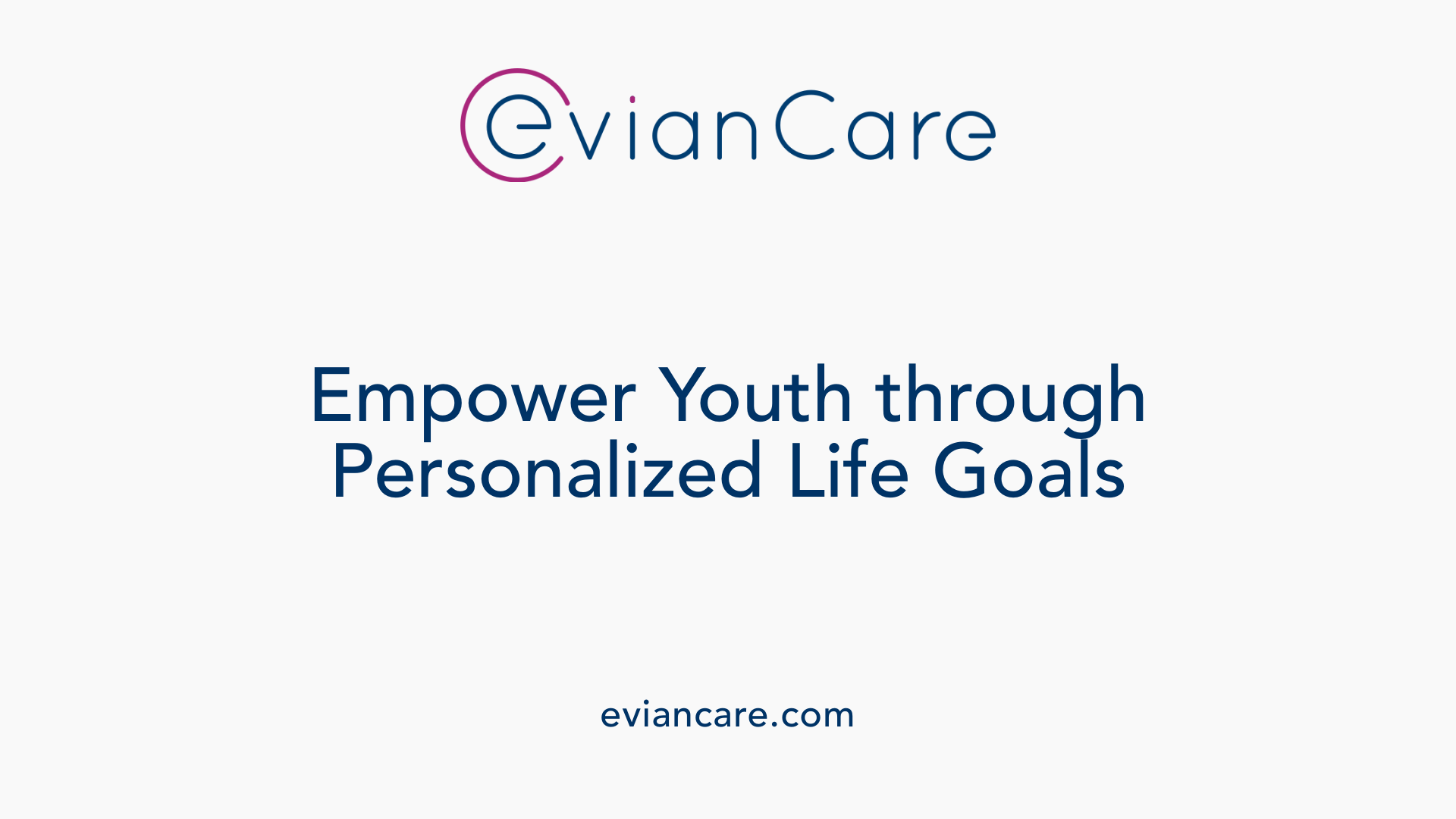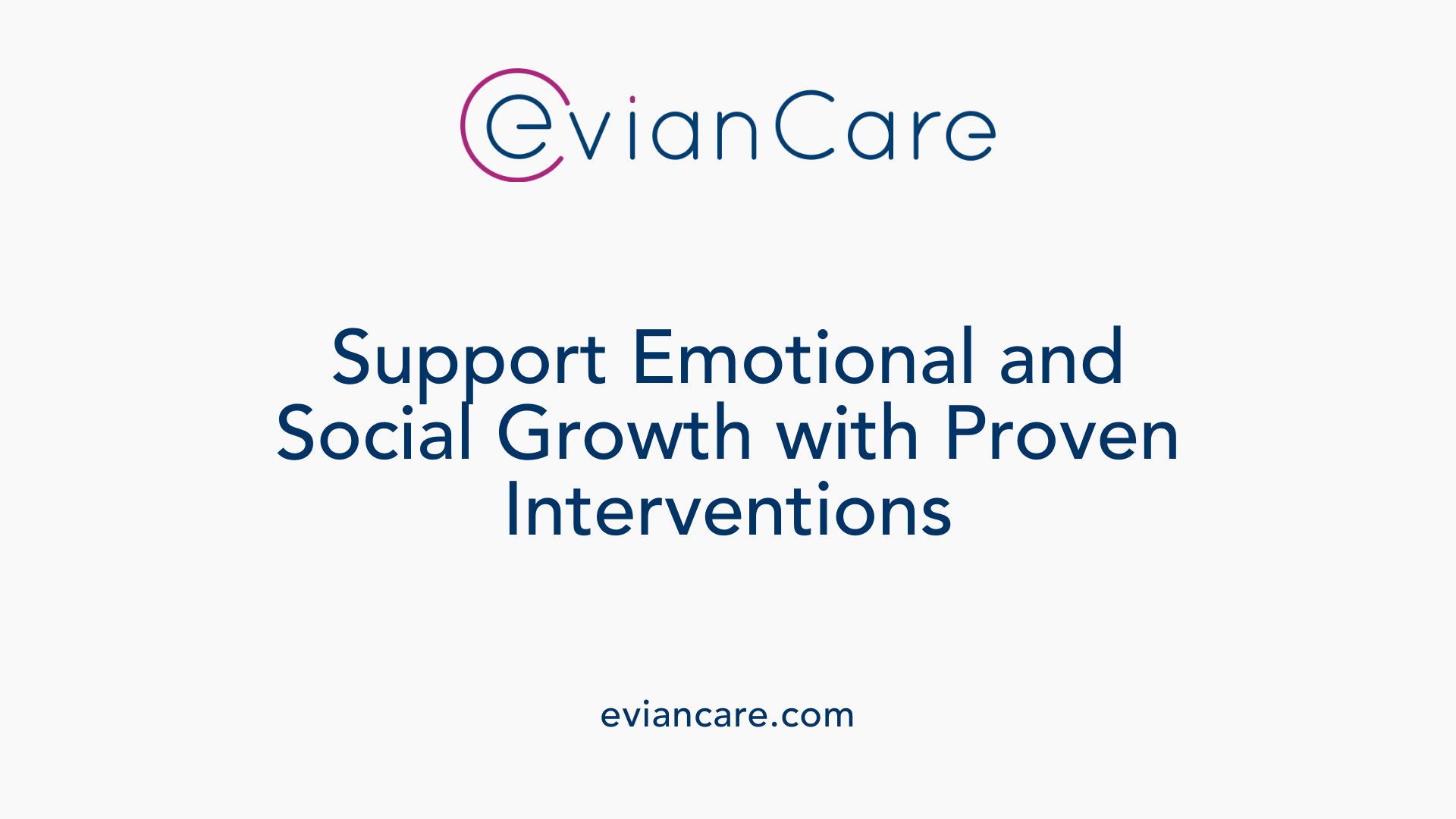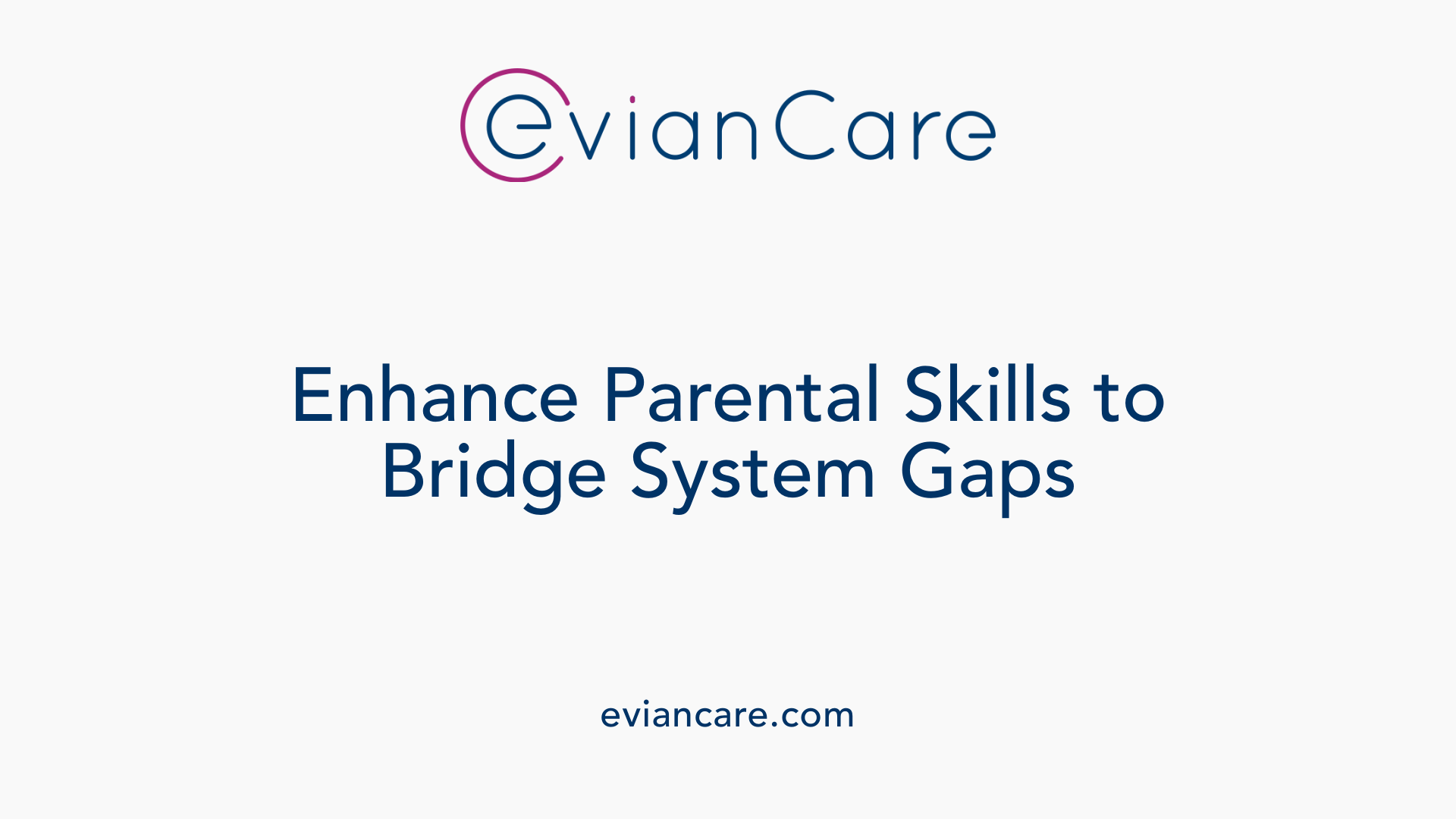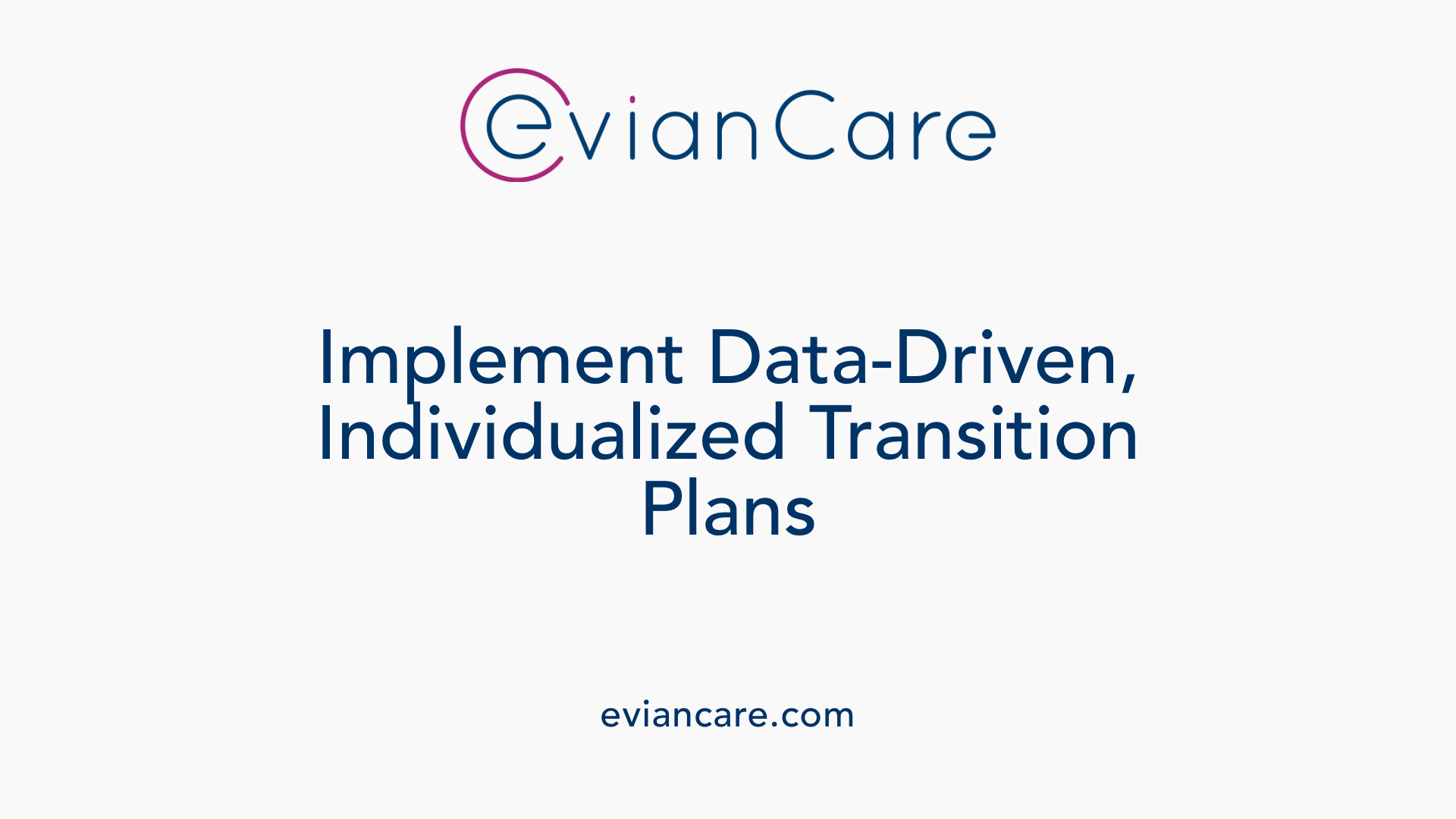
Understanding the Power of Behavioral Therapies in Transition Planning
The transition from adolescence to adulthood presents unique challenges for young people with disabilities, especially those with autism spectrum disorder (ASD), emotional, or behavioral disorders. Behavioral therapy, as a pivotal component of comprehensive transition planning, offers evidence-based strategies to support these youths' move into independent, fulfilling adult lives. This article explores how behavioral interventions like CBT and DBT can be integrated into educational and healthcare systems to improve outcomes, address disparities, and equip adolescents with necessary life skills.
The Role of Data and Research in Informing Transition Strategies
The CDC's Autism and Developmental Disabilities Monitoring (ADDM) Network plays a crucial role in tracking data related to autism spectrum disorder (ASD) among children and adolescents, especially concerning their transition to adulthood. In 2020, ADDM's data helped policymakers identify specific areas needing attention, including mental health, educational services, and the impact of COVID-19. This comprehensive information informs the development of tailored strategies aimed at addressing healthcare gaps and supporting effective transition planning. For instance, monitoring health status and educational goals for 16-year-olds with ASD enables early identification of needs, optimizing the timing of support and interventions.
Supporting this data-driven approach, scientific research provides robust evidence for the effectiveness of behavioral therapies in facilitating adolescent transitions. Multicomponent, family-based interventions such as Multisystemic Therapy (MST) and Treatment Foster Care Oregon (TFCO) are recognized as 'well established' treatments. These approaches focus on reducing disruptive behaviors and enhancing functional capabilities by targeting family dynamics, peer relationships, and school involvement, as demonstrated through randomized controlled trials.
Cognitive-behavioral therapy (CBT) is another evidence-supported intervention. It incorporates techniques like reinforcement, modeling, and exposure, showing moderate to large effects in alleviating anxiety, depression, and behavioral issues. Many CBT protocols for youth are classified as empirically supported and are tailored to developmental stages, ensuring relevance and engagement.
By integrating CDC's epidemiological data with findings from behavioral therapy research, communities can design comprehensive transition programs. These programs not only address immediate health and educational needs but also promote social and emotional well-being, helping adolescents with ASD achieve independence and lifelong success.
| Data Source | Focus Area | Impact | Supporting Evidence |
|---|---|---|---|
| CDC ADDM Network | Autism prevalence & transition planning | Informs policy & targeted interventions | Tracks healthcare gaps, supports early planning |
| Scientific Studies | Behavioral therapy effectiveness | Improves behavioral & emotional outcomes | RCTs demonstrating MST, TFCO, CBT efficacy |
| Education & Health Data | School-based goals & services | Identifies disparities & needs | IEP analysis shows increased autism classification |
| Mental Health Research | Therapy outcomes | Supports mental health stabilization | Empirical reviews endorse CBT & DBT |
By continuously updating and integrating these data sources and scientific findings, stakeholders can enhance transition strategies, ensuring adolescents with ASD receive timely, effective, and individualized support for a successful transition into adult life.
Systems and Stakeholders: Building Collaborative Transition Frameworks
 Transition from childhood to adulthood for youth with ASD and other emotional or behavioral disorders requires a coordinated approach involving healthcare providers, educators, families, and community organizations.
Transition from childhood to adulthood for youth with ASD and other emotional or behavioral disorders requires a coordinated approach involving healthcare providers, educators, families, and community organizations.
Healthcare providers, including primary care physicians and mental health specialists, play a pivotal role in guiding early planning and ongoing support. They introduce evidence-based behavioral therapies such as Cognitive Behavioral Therapy (CBT) to help manage mental health issues like anxiety, depression, and emotional dysregulation. These therapies are integrated into the transition process to improve emotional regulation, social skills, and behavior management.
Educators contribute through structured transition planning within the schooling environment. Most adolescents with ASD have individual education programs (IEPs) that include transition goals related to postsecondary education and employment. They also utilize behavioral strategies—like Applied Behavior Analysis (ABA)—which promote skill development and independence. Schools collaborate with families and healthcare professionals to ensure that interventions are consistent across settings.
Families are central to the process, providing insights about the youth’s strengths, challenges, and goals. Their active involvement helps ensure that transition plans are person-centered and tailored to the individual's needs. Families also coordinate with schools and service providers to advocate for necessary supports, including formal accommodations and informal peer-based supports.
Four major factors are essential for effective transition planning: stakeholder voice, a designated transition coordinator, formal and informal supports, and structured transition meetings. Incorporating the voices of youth, caregivers, school teams, and healthcare providers ensures plans are personalized and comprehensive.
Despite the collaborative framework, barriers such as limited communication and collaboration between education and health sectors, inadequate staff training, insurance issues, and short hospital stays can hinder progress. Overcoming these challenges requires dedicated efforts to build partnerships, standardized protocols, and stakeholder training.
Behavioral therapies are integrated into both educational and healthcare transition services to foster functional independence and social participation. In schools, ABA strategies promote skill acquisition, while healthcare services utilize CBT and related interventions to support mental health stability.
Ultimately, an effective, multidisciplinary approach that involves active stakeholder participation and structured planning is crucial for successful transition outcomes.
Early and Person-Centered Planning for Successful Transitions

Why is starting transition planning early important?
Planning for adulthood should begin early, ideally from birth or as soon as possible. This approach gives families, educators, and healthcare providers ample time to prepare adolescents with disabilities for independent living, employment, and further education.
Starting early allows for gradual skill development across key areas such as social, emotional, and behavioral competencies. It also ensures that personalized goals, like college readiness or career aspirations, are integrated into a comprehensive plan that evolves with the adolescent.
How does a person-centered approach enhance transition outcomes?
Person-centered planning (PCP) prioritizes the preferences, strengths, and needs of the individual. This collaborative process involves the adolescent, family members, school staff, and community resources.
Incorporating the voices of young people and their support systems creates tailored goals related to interests and ambitions, ultimately making transition plans more meaningful and achievable. PCP also promotes self-advocacy, empowering youth to take an active role in shaping their futures.
Incorporating behavioral therapy into transition planning
When integrating behavioral therapy, such as Cognitive Behavioral Therapy (CBT) or Dialectical Behavioral Therapy (DBT), it is crucial to align interventions with educational and life skills goals outlined in the adolescent’s Individualized Education Program (IEP). These therapies target emotional regulation, social skills, and resilience, which are vital during the transition to adulthood.
Effective planning involves early collaboration among healthcare providers, educators, and families—starting around ages 12-14—to develop strategies that support independence and decision-making. Preference assessments and systematized approaches like SPA can help personalize behavioral interventions, ensuring they resonate with the youth’s interests and cultural background.
Addressing potential barriers such as communication gaps, systemic issues, and limited staff training is vital. Continuous evaluation and flexible adjustment of behavioral strategies foster a youth-driven, adaptable transition process.
By embedding behavioral therapy within a holistic, person-centered framework, adolescents gain essential life skills, manage developmental and emotional changes more effectively, and are better prepared for successful adult independence.
Evidence and Benefits of Behavioral Therapies for Transition Success

What is the impact of behavioral health strategies on mental health and developmental support during the transition to adulthood?
Behavioral health strategies, such as Cognitive Behavioral Therapy (CBT) and Dialectical Behavior Therapy (DBT), play a vital role in supporting adolescents with developmental disabilities, including those with Autism Spectrum Disorder (ASD) and other emotional or behavioral challenges. These approaches are grounded in evidence-based practices that help youth manage emotional dysregulation, reduce risky behaviors, and build resilience.
Research indicates that integrated care models—like the Maternal and Child Health Bureau (MCHB) and Behavioral, Emotional, and Social Transitions (B.E.S.T.) approaches—significantly improve mental health outcomes for young people. Such strategies address the high prevalence of co-occurring conditions like anxiety and depression, which are common among adolescents with ASD and other disabilities.
Implementing behavioral interventions during the transitional period not only alleviates symptoms of mental health issues but also enhances overall adaptive functioning. Better emotional regulation enables teens to navigate complex social environments, maintain employment, and pursue higher education.
Moreover, coordinated behavioral health support fosters increased engagement with healthcare and community services, reducing care gaps frequently experienced during adolescence. These strategies also contribute to improved satisfaction among youth and families, helping them feel more supported and confident in managing future challenges.
By promoting early intervention, continuity of care, and targeted skill development, behavioral therapies facilitate smoother transitions into adulthood. They empower youth to develop independence, build social-emotional skills, and achieve greater quality of life, making them an essential component in supporting successful transition outcomes for adolescents with developmental and mental health needs.
Addressing Disparities and Strengthening Support Systems
 Supporting parental skills and addressing disparities
Supporting parental skills and addressing disparities
Effective transition planning for adolescents with disabilities depends heavily on the involvement and support of families. Research indicates that behavioral interventions can significantly bolster parental skills, which are vital in navigating complex healthcare and educational systems.
Family-centered approaches empower caregivers by providing them with tools and knowledge to advocate effectively for their children's needs. Evidence-based programs such as the Incredible Years and Parent-Child Interaction Therapy focus on strengthening family dynamics, reducing parental stress, and fostering positive interactions. These programs not only improve child behavioral outcomes but also increase parental confidence in managing transition stages.
Addressing disparities involves supporting parental mental health, especially when families face adversities like trauma, mental illnesses, or socioeconomic challenges. When caregivers are equipped and supported, they can better advocate for their children’s health, educational, and employment services, thereby reducing systemic gaps.
Systematic behavioral interventions extend to youth themselves through programs that promote self-advocacy, social skills, and independence. For example, peer support groups and early life skills education help youth develop confidence and resilience, mitigating individual barriers to successful transition.
In combination with systemic improvements, such as policy changes and stakeholder collaboration, behavioral strategies can close gaps that exist along racial, socioeconomic, or geographic lines. These efforts ensure more equitable access to resources, enhance family capacity, and support youth in achieving positive long-term outcomes.
| Strategies | Benefits | Additional Notes |
|---|---|---|
| Parental skill-building programs | Improved advocacy, reduced stress | Includes programs like Incredible Years and Parent-Child Therapy |
| Family-centered support | Increased confidence, better system navigation | Focuses on empowerment and individual family needs |
| Mental health support for families | Enhanced caregiver resilience | Addresses adversities impacting family capacity |
| Youth self-advocacy and skills training | Greater independence, self-confidence | Peer support, early education programs |
More Info Search Query: Disparities in transition planning, family-centered interventions, empowerment strategies
Practical Tools, Guidelines, and Best Practices
 Supporting adolescents through behavioral therapy during transition requires a strategic, personalized approach that combines evidence-based methods with collaborative efforts.
Supporting adolescents through behavioral therapy during transition requires a strategic, personalized approach that combines evidence-based methods with collaborative efforts.
One of the most effective tools is the development of individualized, data-driven behavioral plans. These plans should be tailored to each teen’s specific needs, strengths, and challenges, ensuring that goals are realistic and measurable.
Incorporating family involvement is vital. Family therapy sessions can improve communication, provide emotional support, and reinforce positive behaviors at home. Engaging parents and caregivers creates a cohesive support system, which is essential for successful transitions.
Evidence-based approaches like cognitive-behavioral therapy (CBT) and dialectical behavior therapy (DBT) are fundamental. CBT helps teens recognize and modify negative thought patterns, fostering healthier emotional responses. DBT focuses on emotional regulation and interpersonal effectiveness, especially useful for teens experiencing intense emotional dysregulation, self-harm, or suicidal ideation.
Creative therapies, such as art or play therapy, can enhance engagement for younger adolescents or those with communication difficulties. These modalities provide alternative ways for teens to express feelings and cope.
Ensuring therapists are qualified, licensed, and experienced in working with adolescents is crucial. An initial assessment can help determine the best therapeutic approach and establish rapport.
Continual progress evaluation allows for timely adjustments to therapy plans, maximizing effectiveness. Building collaborative relationships among therapists, families, schools, and community providers strengthens the overall support network.
Additional strategies include supplementing therapy with peer support groups, extracurricular activities, and digital mental health resources, all of which contribute to a well-rounded transition plan. Collectively, these best practices foster resilience and independence, helping adolescents navigate the complex journey into adulthood.
Shaping Better Futures Through Behavioral Support
Integrating behavioral therapy into transition planning is essential for fostering resilience, independence, and mental health stability among adolescents with disabilities. Stakeholders must prioritize early, tailored, and collaborative approaches, backed by scientific evidence and aligned with individual needs. By addressing disparities and equipping adolescents with emotional, social, and life skills through effective interventions like CBT and DBT, communities can support a smoother journey into adulthood. Ongoing education, systemic reforms, and comprehensive support systems will be key to ensuring these youth achieve their full potential and lead successful, autonomous lives.
References
- Healthcare Needs and Transition Planning for Youth with Autism
- A Systematic Literature Review and Framework of Practices - PMC
- Support for Transition from Adolescent to Adult Health Care Among ...
- Transitional Youth - Child & Adolescent Behavioral Health
- Transition Planning for Youth and Young Adults with Disabilities
- Individualized Education Programs and Transition Planning for ...
- Transition planning and services for youth with emotional and ...
- [PDF] Considerations for Mental Health Support While Transition Planning
- Cognitive Behavioral Therapy (CBT) for Teens - Newport Academy
- Behavioral Therapy - StatPearls - NCBI Bookshelf












